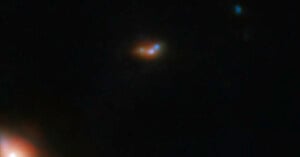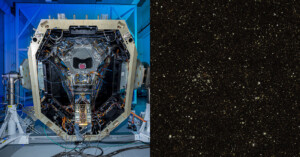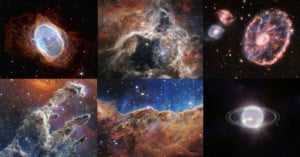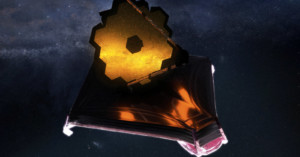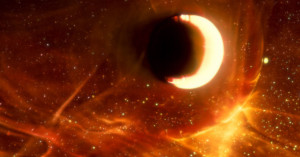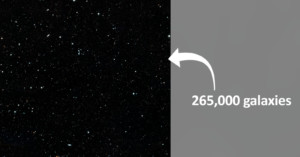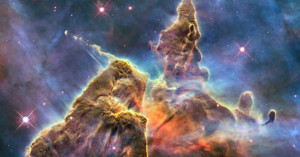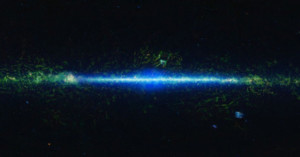
Webb Finds That Many Old, Distant Galaxies Look Like Surfboards
While the James Webb Space Telescope has been busy helping scientists solve some of the greatest mysteries of the early Universe, the powerful telescope has also found that many distant galaxies have flattened oval disk and tube-like shapes, unlike the spiral and elliptical structures that are more typically seen in closer galaxies.
